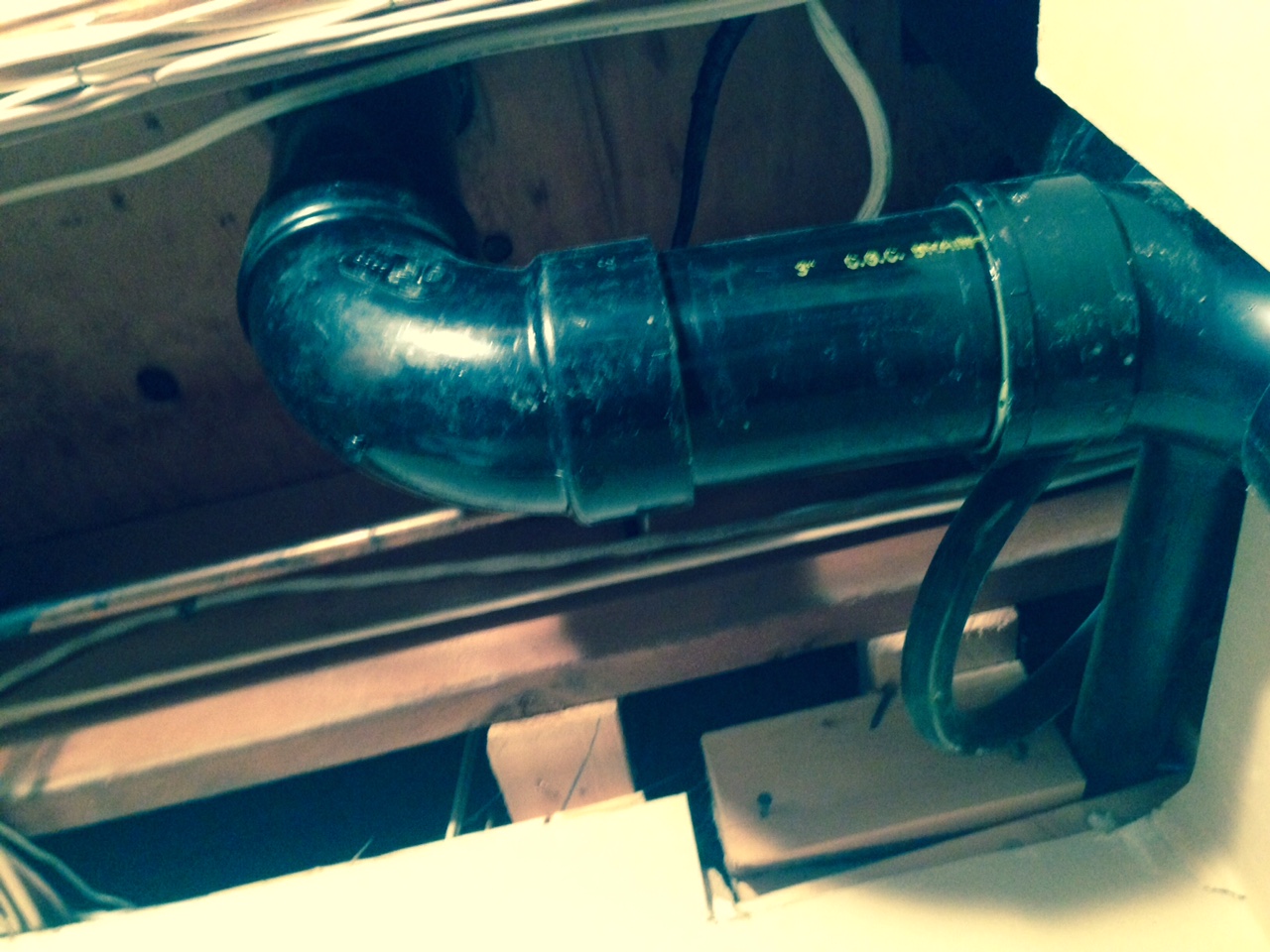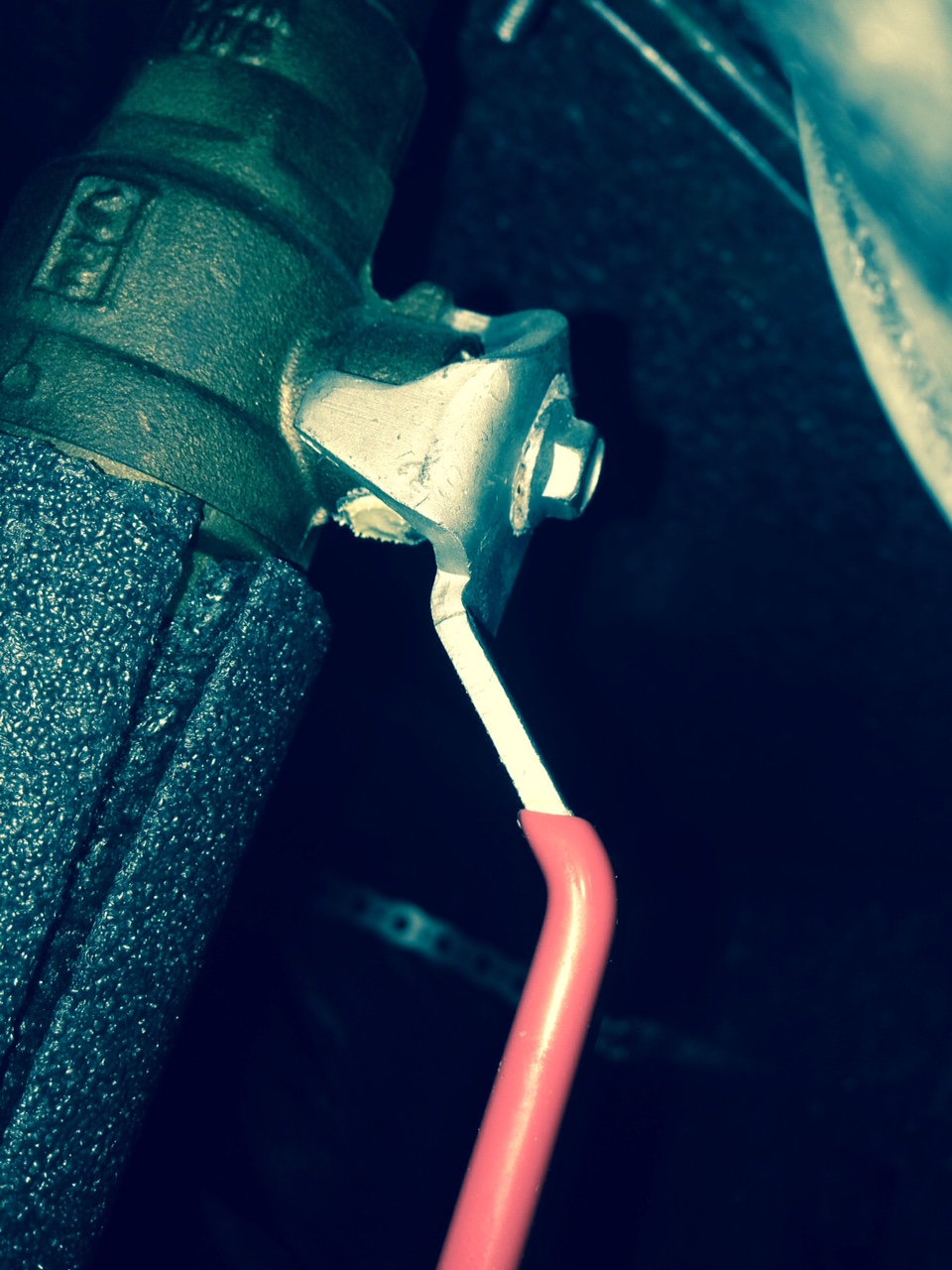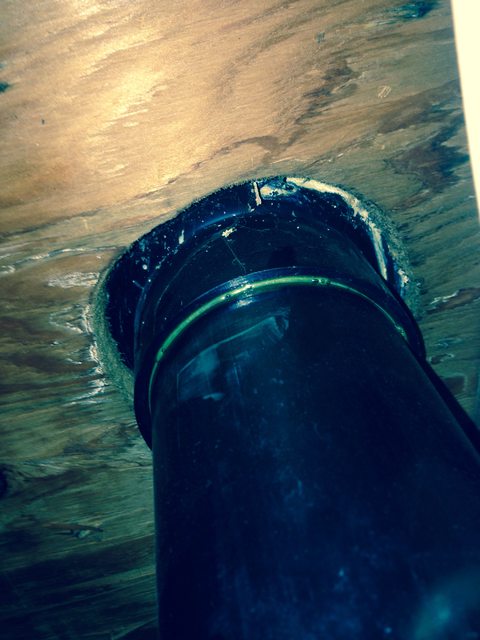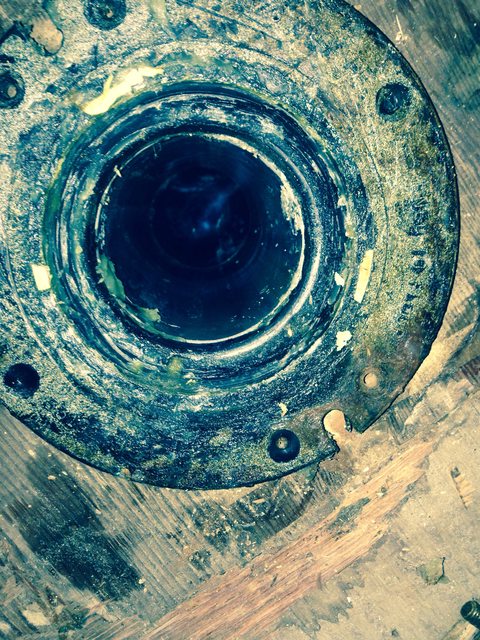I have two questions about my bathroom renovation and am hoping for some help!
1) I am increasing the height of my floor (additional 1/2" plywood, plus going with tile instead of lino), so I want to increase the height of my toilet flange so I do not have to deal with using a double gasket, etc. as my thought would be "why not do it the right way?" since I have complete access to everything below the floor (see picture). How would you recommend that I increase the height of the toilet flange? (redoing the entire flange, using a flange extender, etc.)
I assume I just need to cut the pipe at some point and extend it upwards with a coupling. Then when my floor is finished, decide upon the proper height (I see some contention as to whether the flange should sit on the finished floor or on the subfloor) and somehow install the flange. Of course, I know there must be more to it (proper place to cut the pipe, etc.).
Unless it really is just as easy as cutting the pipe, adding a coupling, then adding the new pipe. Things just never seem to be that easy! I have little plumbing experience, but need to do this before the plumber comes in to install the tub (I am increasing the sub floor height) and this will save me a big call-out fee for just this.

2) I was looking at my hot water tank and the ball valve being used cannot be closed - it hits the exhaust ducting from the furnace after about a 1/4 turn. I believe I am describing the type of valve (see picture). Incredibly stupid - the hot water tank and the furnace we both installed at the same time, so I do not see why this happened. I am wondering, is this as simple as removing the handle and just rotating it 180 degrees? There is a nut on it, but I do not want to attempt anything on it (as if it is not meant to be removed and springs a leak, I now have a major problem on my hands.

Thanks in advance!
1) I am increasing the height of my floor (additional 1/2" plywood, plus going with tile instead of lino), so I want to increase the height of my toilet flange so I do not have to deal with using a double gasket, etc. as my thought would be "why not do it the right way?" since I have complete access to everything below the floor (see picture). How would you recommend that I increase the height of the toilet flange? (redoing the entire flange, using a flange extender, etc.)
I assume I just need to cut the pipe at some point and extend it upwards with a coupling. Then when my floor is finished, decide upon the proper height (I see some contention as to whether the flange should sit on the finished floor or on the subfloor) and somehow install the flange. Of course, I know there must be more to it (proper place to cut the pipe, etc.).
Unless it really is just as easy as cutting the pipe, adding a coupling, then adding the new pipe. Things just never seem to be that easy! I have little plumbing experience, but need to do this before the plumber comes in to install the tub (I am increasing the sub floor height) and this will save me a big call-out fee for just this.

2) I was looking at my hot water tank and the ball valve being used cannot be closed - it hits the exhaust ducting from the furnace after about a 1/4 turn. I believe I am describing the type of valve (see picture). Incredibly stupid - the hot water tank and the furnace we both installed at the same time, so I do not see why this happened. I am wondering, is this as simple as removing the handle and just rotating it 180 degrees? There is a nut on it, but I do not want to attempt anything on it (as if it is not meant to be removed and springs a leak, I now have a major problem on my hands.

Thanks in advance!


